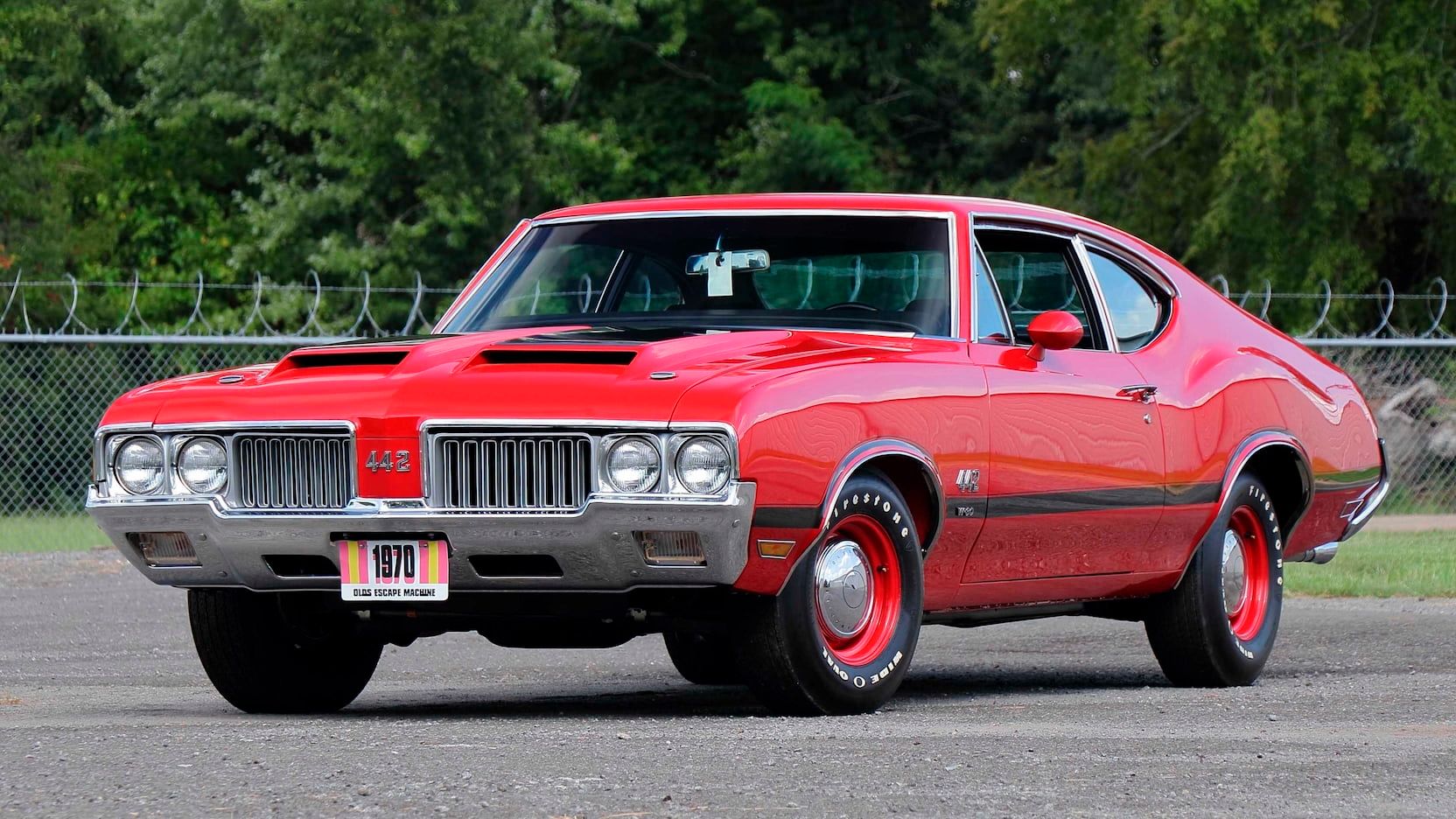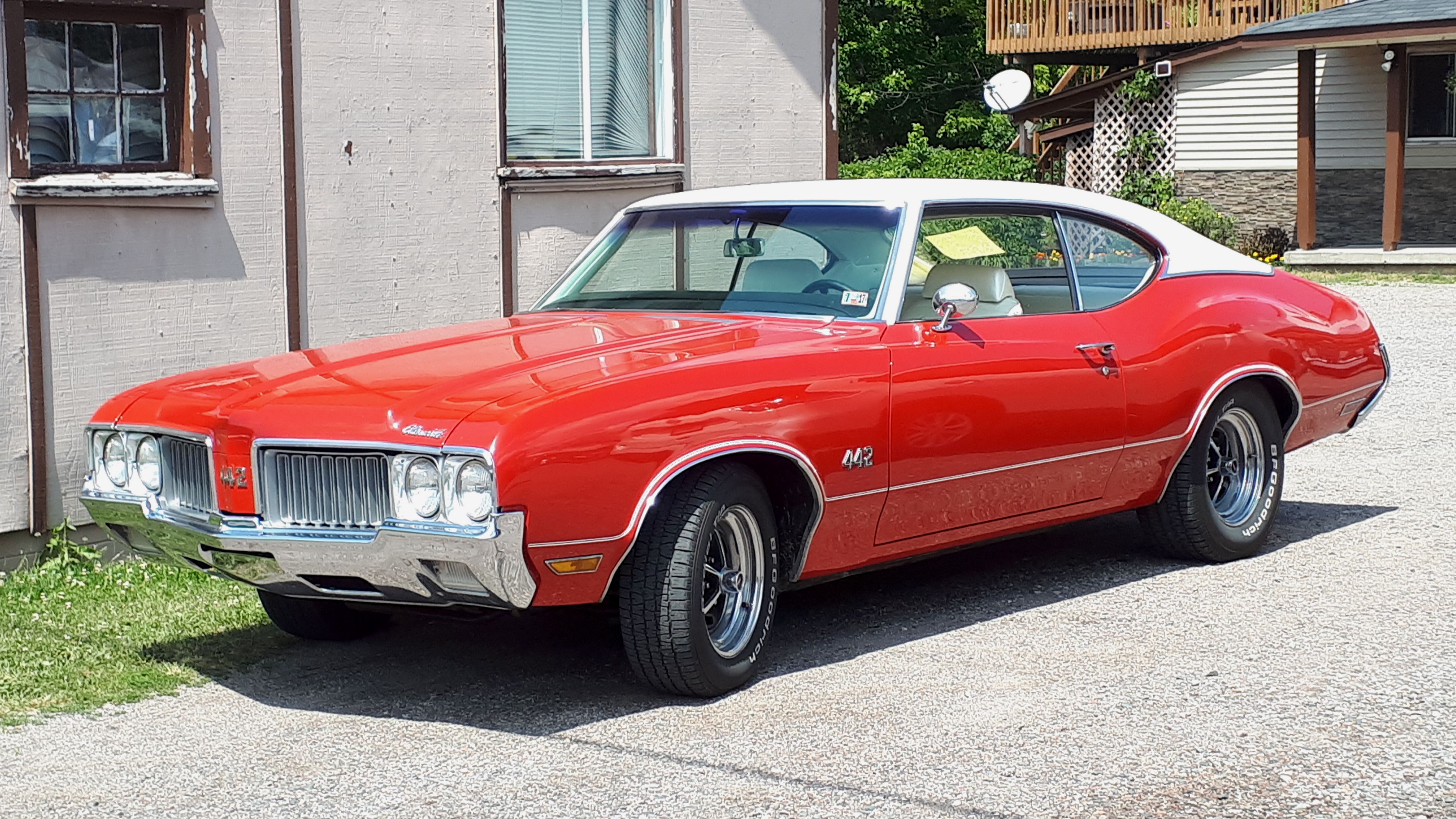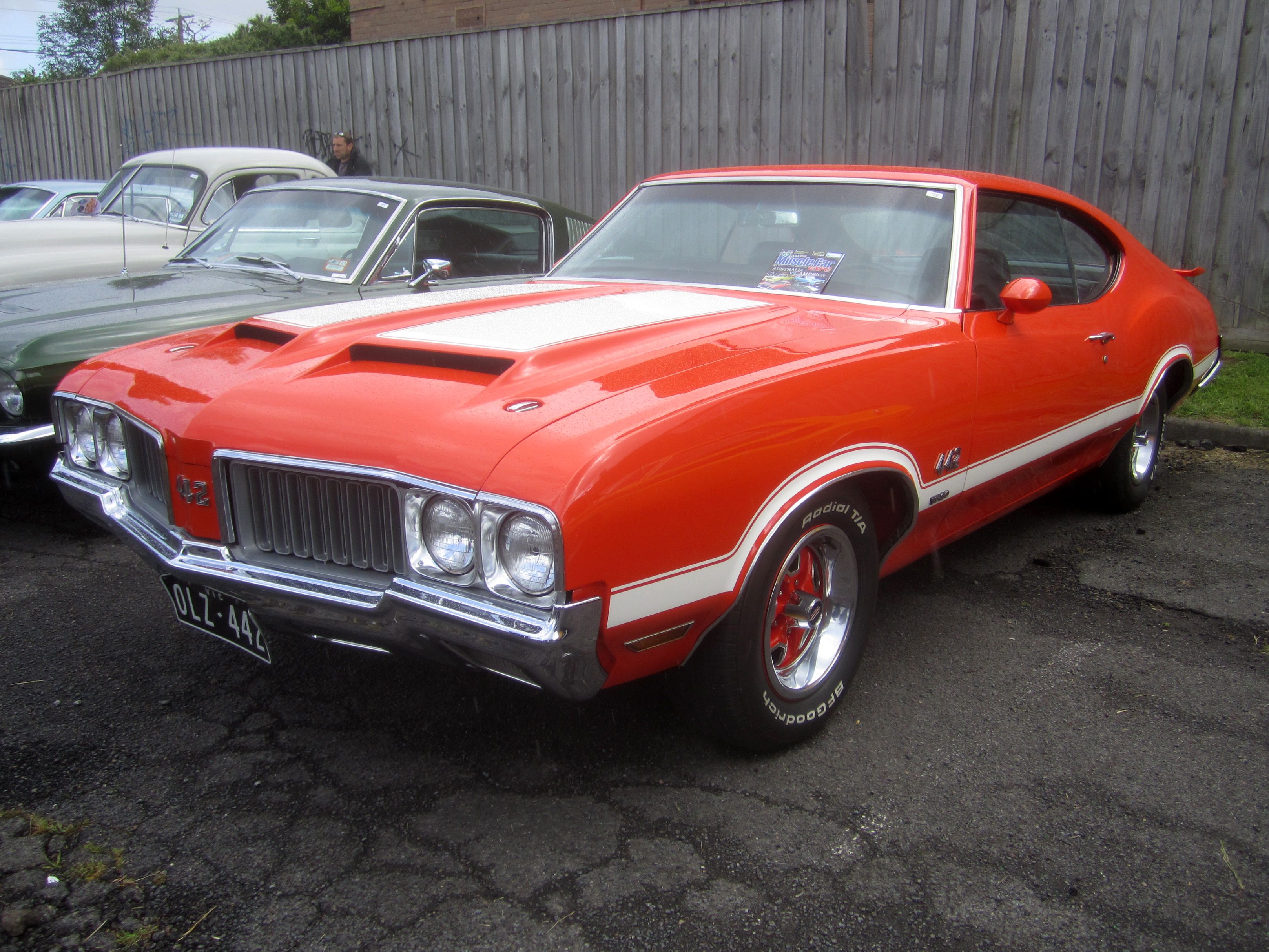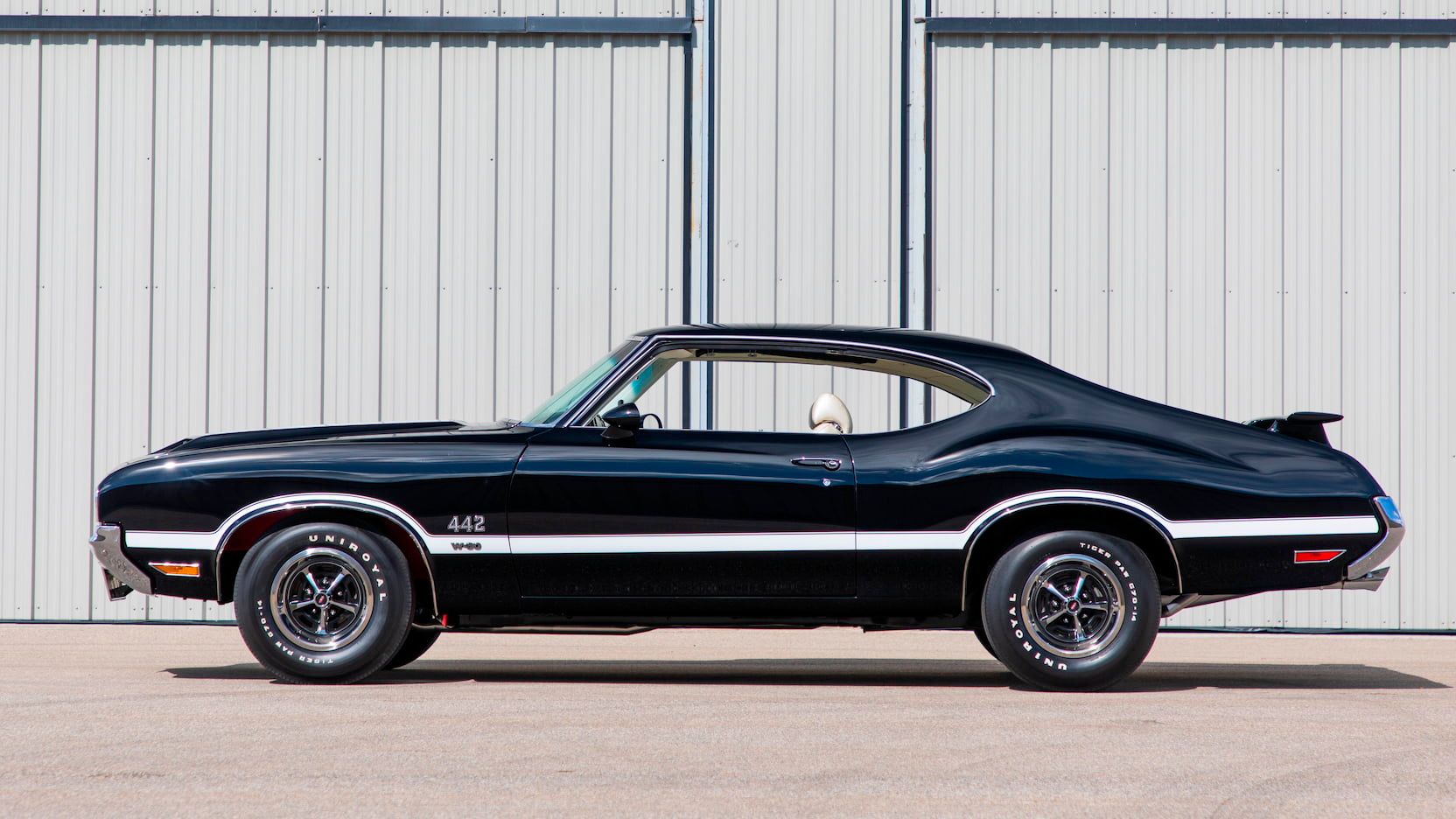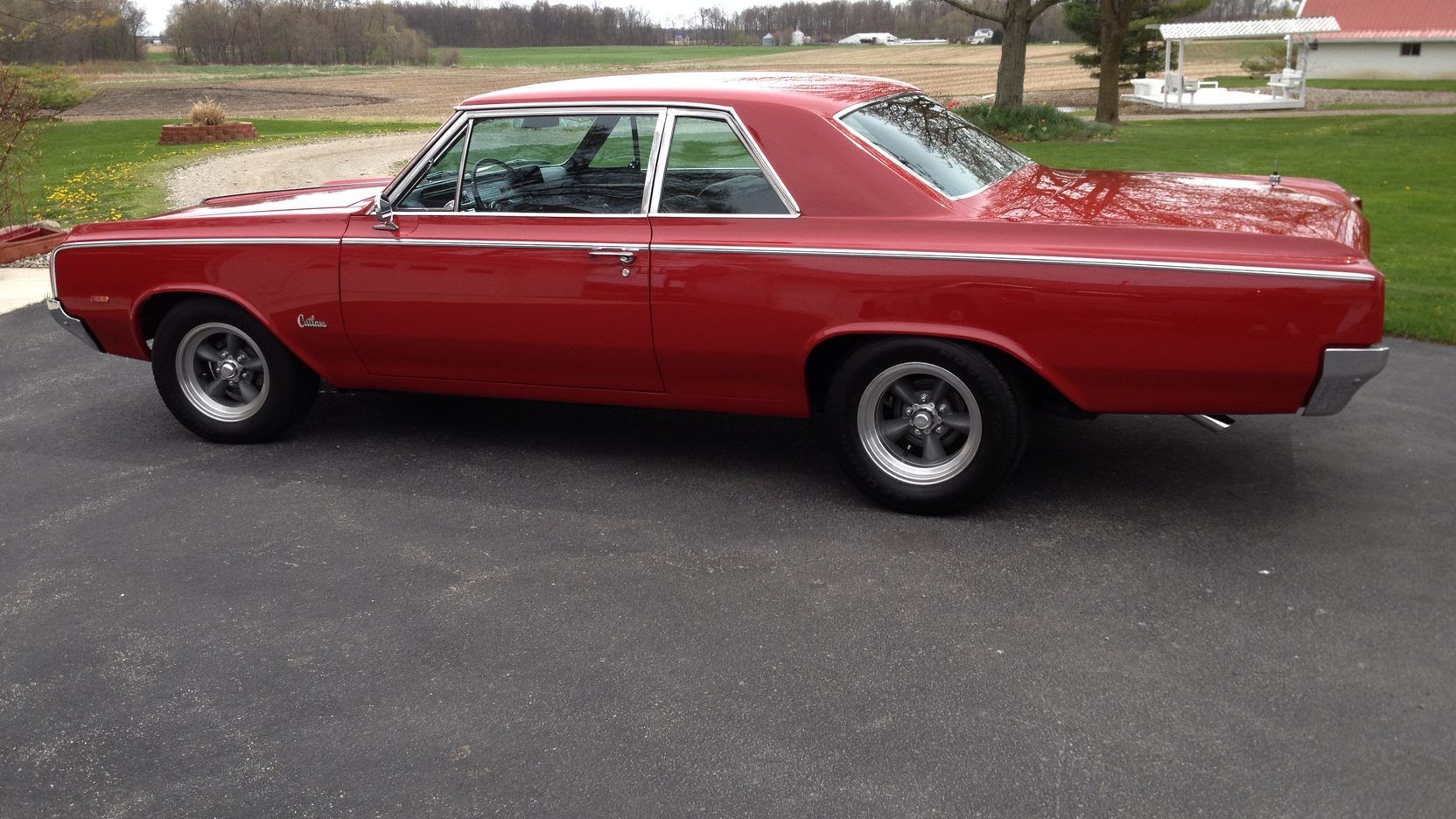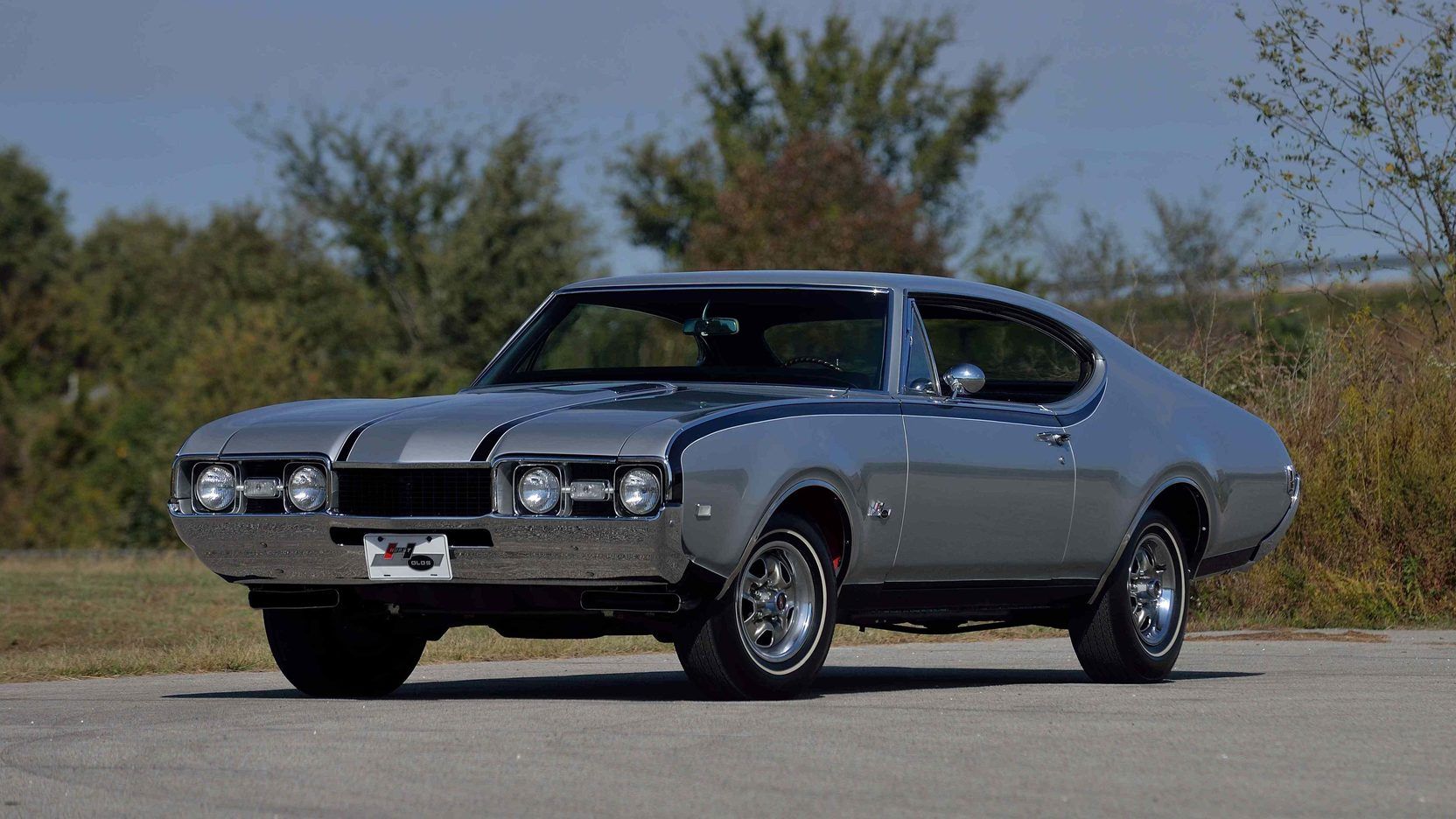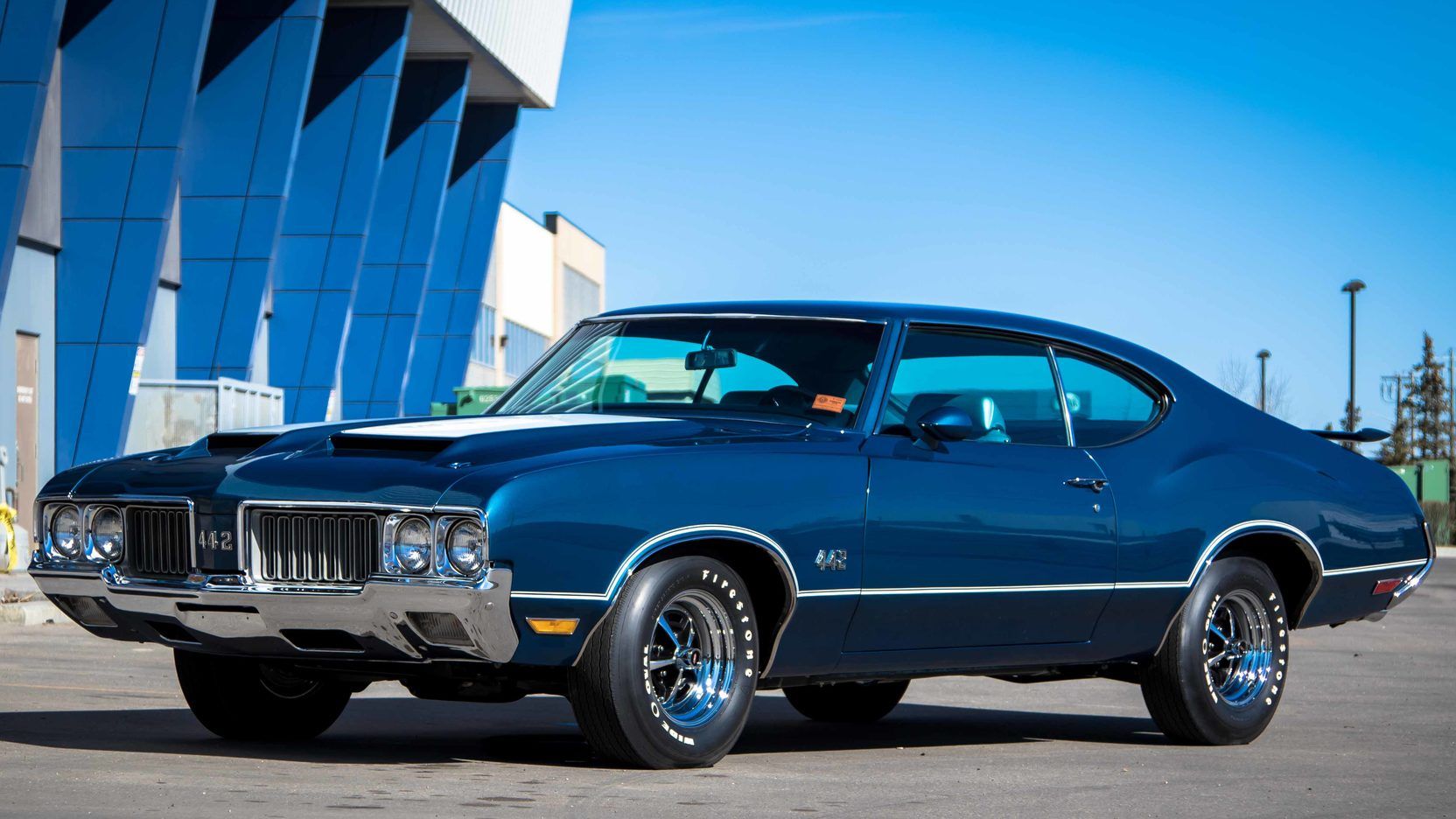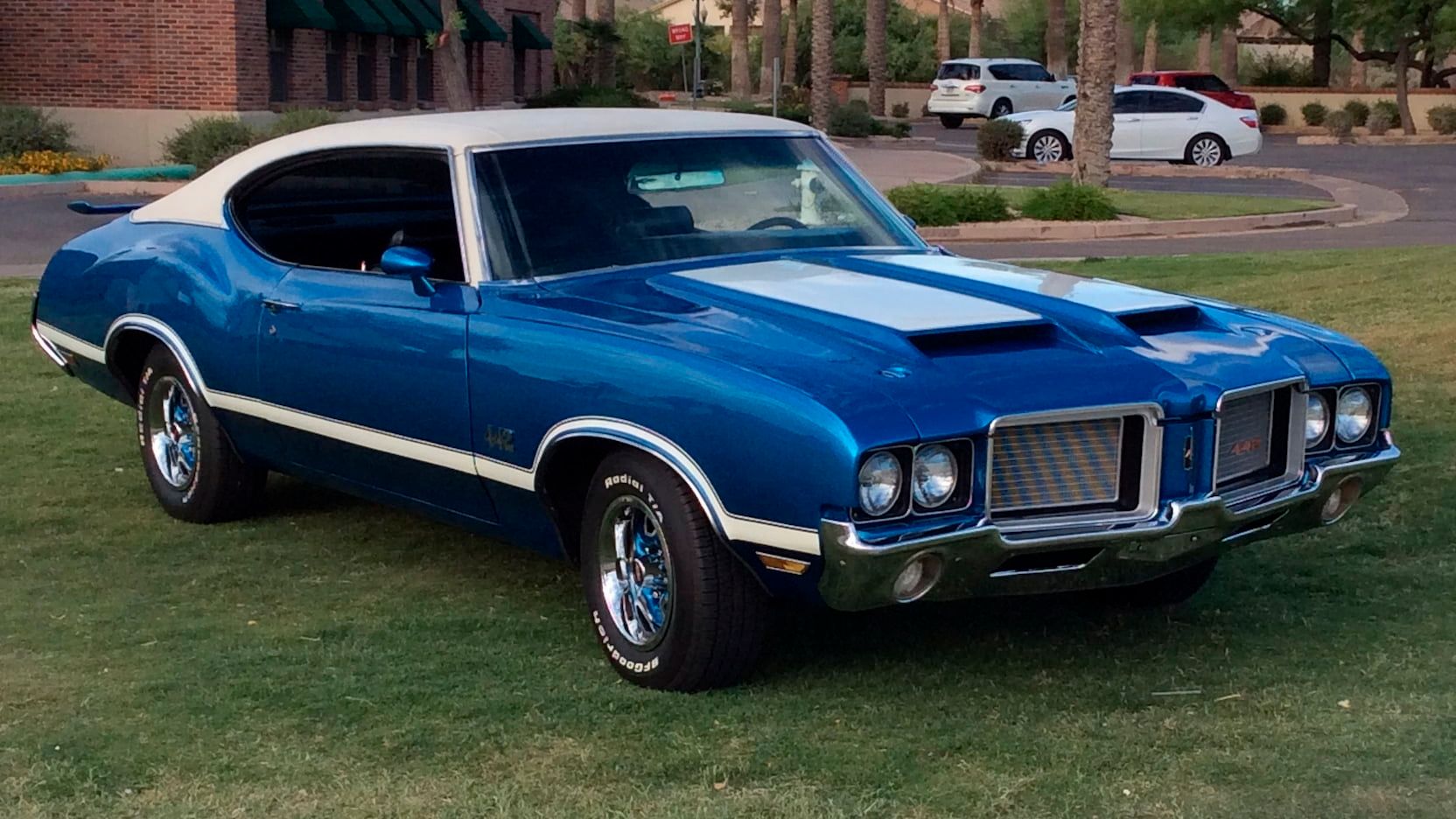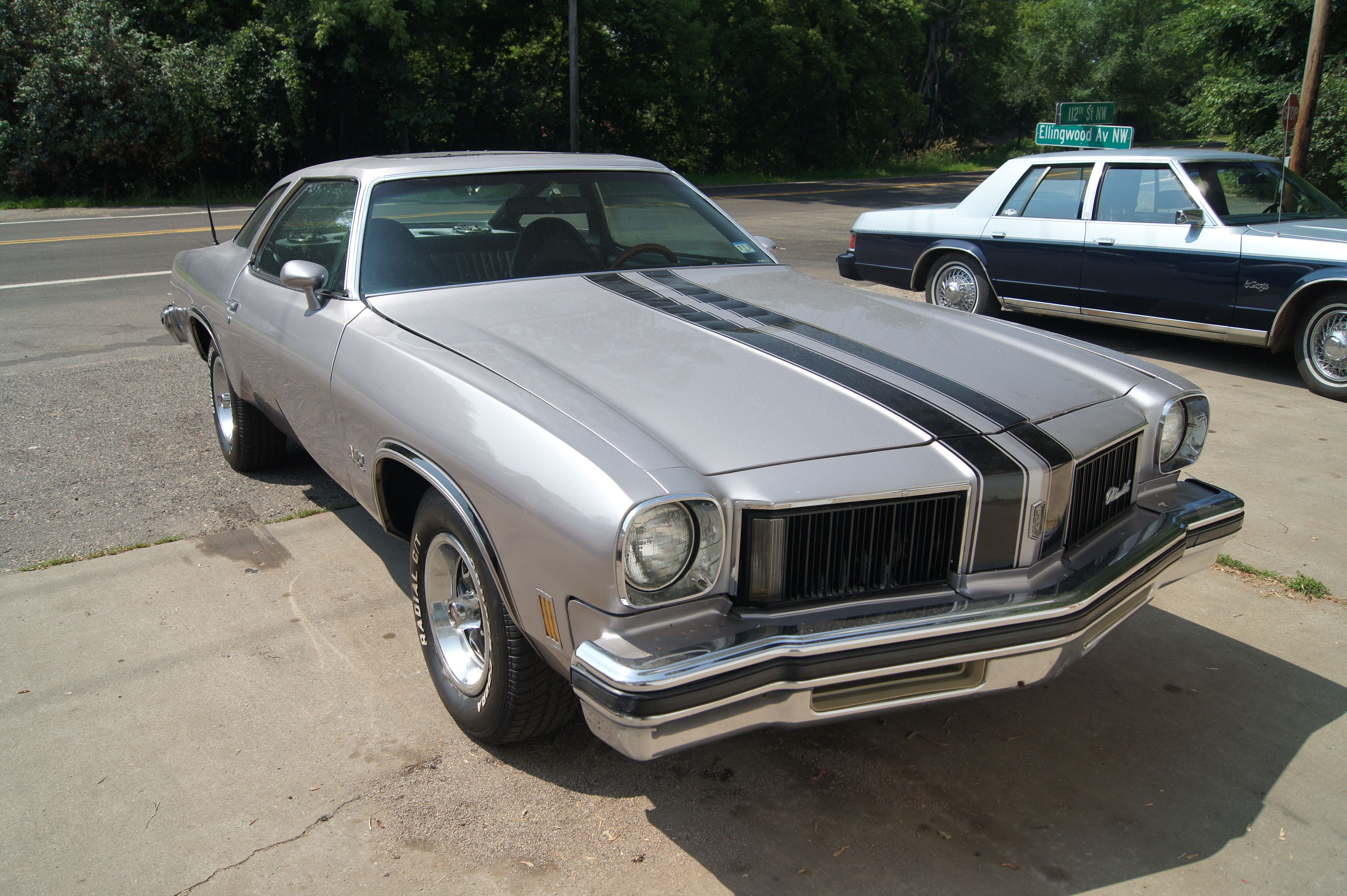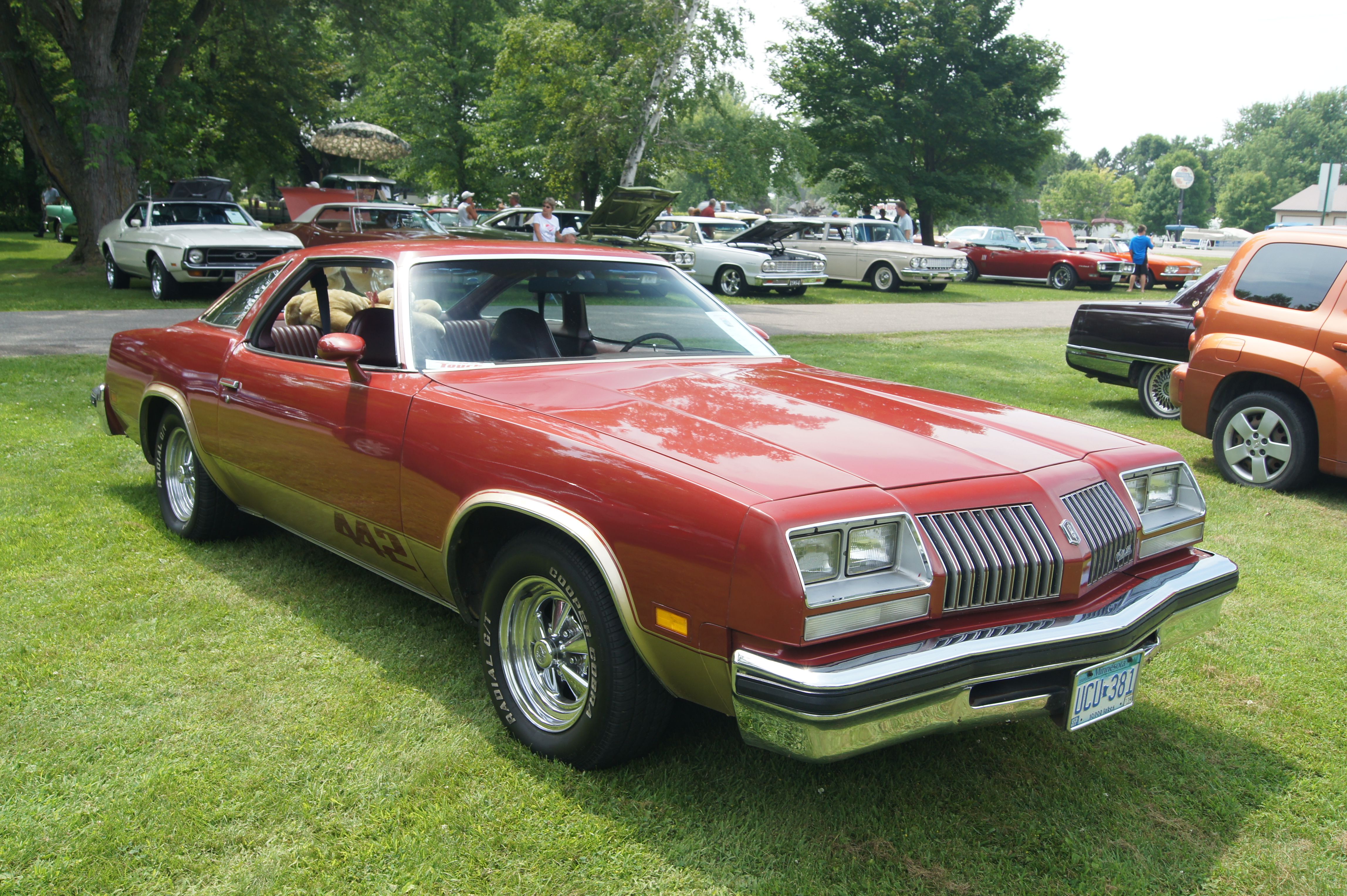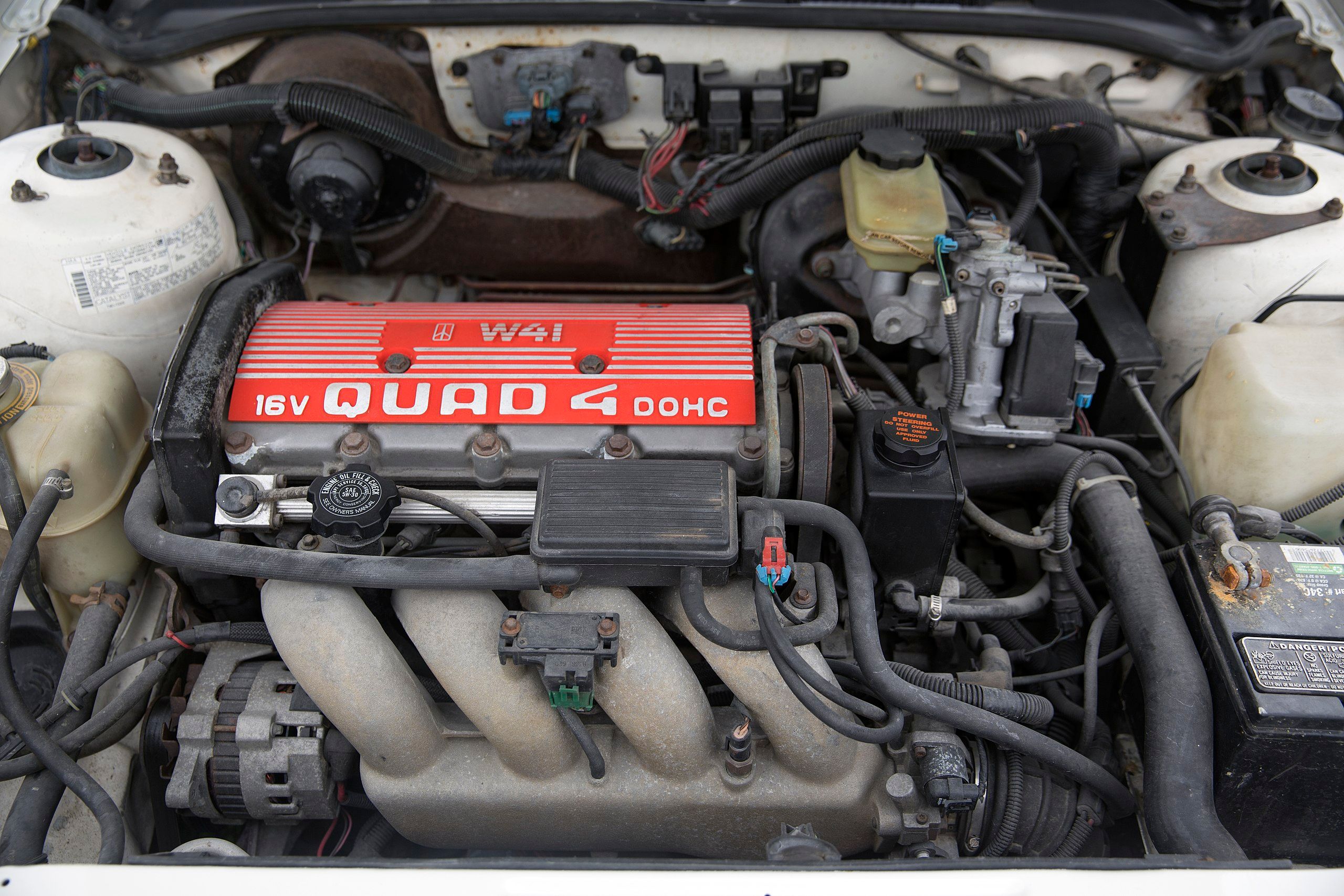One of the most controversial topics that come to mind when talking about classic muscle cars is the Oldsmobile 442. Some say it is one of the worst cars on the planet. In contrast, others say it is one of the best, especially considering cost differences, such as the same-year Corvette or Mustang. No matter which side of the fence you are on, the Oldsmobile 442 was a one-of-a-kind car known for its exceptional handling and the gross power that some engines installed in them could push out. Let's take a closer look at this fantastic car that has received a bad wrap for countless years.
10 The True Meaning Of 4-4-2
Depending on who is asked, the true meaning of 4-4-2 may differ, but all are correct because the designation has changed throughout the years. At first, it was said to mean a 4-barrel carburetor, 4-speed transmission, and dual exhaust. In 1965 the designation was changed because the car came with a three-speed transmission. It became the car known as the 4-4-2 because of the 400 cubic inch engine under the hood, the 4-barrel carburetor, and the dual exhaust. In 1985, the designation again changed due to the changes in the car's design. The 4-4-2 changed to mean 4-speed automatic transmission, 4-barrel carburetor, and dual exhaust. The final generation changed the meaning one last time, a 4-cylinder engine, 4 valves per cylinder, and 2 camshafts, effectively ending the popularity of the Oldsmobile 4-4-2.
9 The W30 Package Was The Top End 442
The W30 package that could be added onto the base model Olds 442 upgraded the already muscular car into one that was better. The engine parts were matched according to the blueprints produced for the car, dubbed as "Select Fit" engine parts by the Oldsmobile designers. The package also included upgrades to the camshaft, low-restriction dual exhausts, a performance-calibrated four-barrel carburetor, a battery relocated into the trunk, and a cold-air induction system. It was the version that won the 1966 NHRA stock drag racing trophy.
8 Produced To Compete Solely With Pontiac GTO
Throughout history, the one thing that has always stood true is that when a carmaker designs something new, it is to compete with the all the other carmakers. That is not the case with the Oldsmobile 442. It was designed for one sole purpose: to take out the Pontiac GTO. During the '60s, Pontiac and Oldsmobile did not care much about the other carmakers because they were in the midst of an internal competition to see who had the best designs.
7 The First Year Did Not Have The 400 Big Block
The original car, the first to come off the production lines, did not have the 400 Chrysler engine under the hood. In fact, the base-level car came stock with a small 5.4-liter V-8 with a larger intake installed, with a four-barrel carburetor sitting on top. It was considered to be a conservative attempt to make some muscle by using the "B09 Police Apprehender Pursuit Option." This Mopar engine could push out around 310 horsepower, which was 35 horses less than what the big block 400 brought to the table.
6 1968 Brought On The Hurst/Olds 442
The competition within the GM ranks continued into 1968 when a partnership was made with Hurst to help Oldsmobile go around a big rule by Chevrolet. That rule was that only the Corvette could have an engine bigger than the 400. Otherwise, buyers would opt for lower-priced muscle cars. Hurst helped Oldsmobile create a true muscle car with 7.5-liter Rocket V-8. It was outside the rules of Chevy, but since Hurst was the major contributor to the engine and drivetrain, Oldsmobile had effectively gone around the rules to produce a much-needed GM muscle car.
5 1970 Olds 442 Upgraded To 455 Big Block
The 1970 Oldsmobile 442 is said to be the pinnacle of the muscle car world for Olds. It was the year when the base model 442 received the 455 Big Block. GM had finally lifted the engine restrictions, so all the carmakers under its wing could take off and compete with each other. The Pontiac GTO was built with one of three 6.6-liter V-8s, while the Oldsmobile 442 went with the 7.5-liter Rocket that had made a name for itself the year before.
4 In 1972, The 442 Began To Lose Its Muscle
As with all the muscle cars in the early to mid-1970s, the Oldsmobile 442 became underpowered compared to what consumers were used to. Underpowered because of the new regulations and restrictions that the local and federal governments had implemented. The 442 still had the large Rocket V-8, but it only pushed out 210 horses, which was back to the amount the original engines had before the Rocket V-8 was used. 1972 was truly the beginning of the end for the Olds 442.
3 1975 Was The End Of The True Dual Exhausts
Continuing from the insurance rate increases and the emissions regulations from the early ‘70s, the Oldsmobile 442 received its first catalytic converter. The converter was a portion added into the exhaust system that was designed to remove carbon emissions to a safer level. This required two things from the 442. One was that engines had to be equipped to handle unleaded fuel rather than regular. Second, since the exhaust had to flow into one catalytic converter, the dual exhaust that came straight out was a thing of the past.
2 1976 Retired The 455 Rocket
1976 was a sad year for 442 enthusiasts because it was the year Oldsmobile retired the well-loved 455 Rocket V-8. The following years offered a smaller 405 Rocket, which was nothing close to the power that the 455 put out. The market simply did not have room for a big engine that guzzled gas, put out a substantial amount of harmful emissions, and produced little power when the new regulations were met. The 1976 Oldsmobile 442 is the last of its kind, giving way to the upcoming generations that eventually killed the car.
1 Sixth Generation Killed The Olds 442
The sixth and last generation of the car ended the prestige run of the Olds 442. The V-8 had been swapped out in the earlier generation, but in 1990 the once great muscle car lost every bit of appeal. The carmaker decided to downgrade the motor down to a four-cylinder, which was their first attempt at a small, performance-based engine that was good on fuel. The engine was good for the first attempt, but it failed to gain a following, leading to the final demise of the Oldsmobile 442.
FAQ
Q: What Does 442 Mean On Oldsmobile?
442 had different meanings throughout its run. The first year of production meant a car with a four-barrel carburetor, four-speed transmission, and dual exhaust. The following year the 400 CID engine was installed, changing the designation to a vehicle with a 400 engine, four-barrel carburetor, and dual exhaust. The last significant change occurred in 1985 when it changed to mean a car with a four-speed automatic transmission, four-barrel carburetor, and dual exhausts. The end came when the front-wheel drive version changed the meaning to a four-cylinder with four valves per cylinder and two camshafts.
Q: Was The Oldsmobile 442 A Fast Car?
Depending upon the year of the car being discussed, the Olds 442 was fast or slow. Let's take the 1970 model that was considered to be the fastest Oldsmobile ever produced. This one had the 455 Rocket under the hood that could pounce from 0 to 60 in a mere 5.8 seconds, which is still decent by today's standards.
Q: What Does The W30 Designation Mean On The Olds 442?
The W30 designation was a performance package offered on the car. It had an upgraded camshaft, a more efficient dual exhaust system, and an advanced cold air induction system. The W30 package was designed to improve the performance of the car during a time when the only thing that mattered was power and torque.
Q: What Is The Best Year For The Olds 442?
The majority of muscle car fanatics claim that the 1970 Olds 442 is the best because it is the year in which the car was produced with the higher-powered 455 Rocket V-8. However, two years before that, you can find a Hurst/Olds with the same engine but with a motor-to-drivetrain system that can only be had with Hurst's influence.

